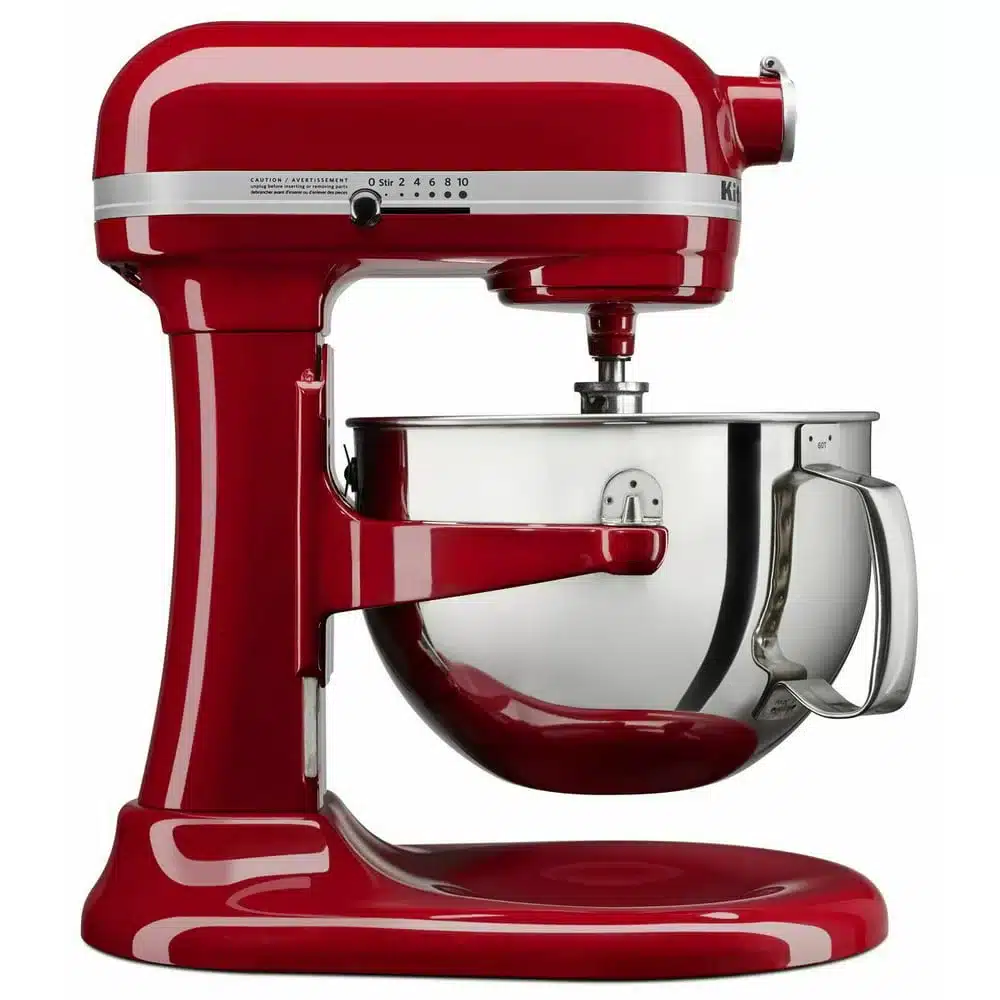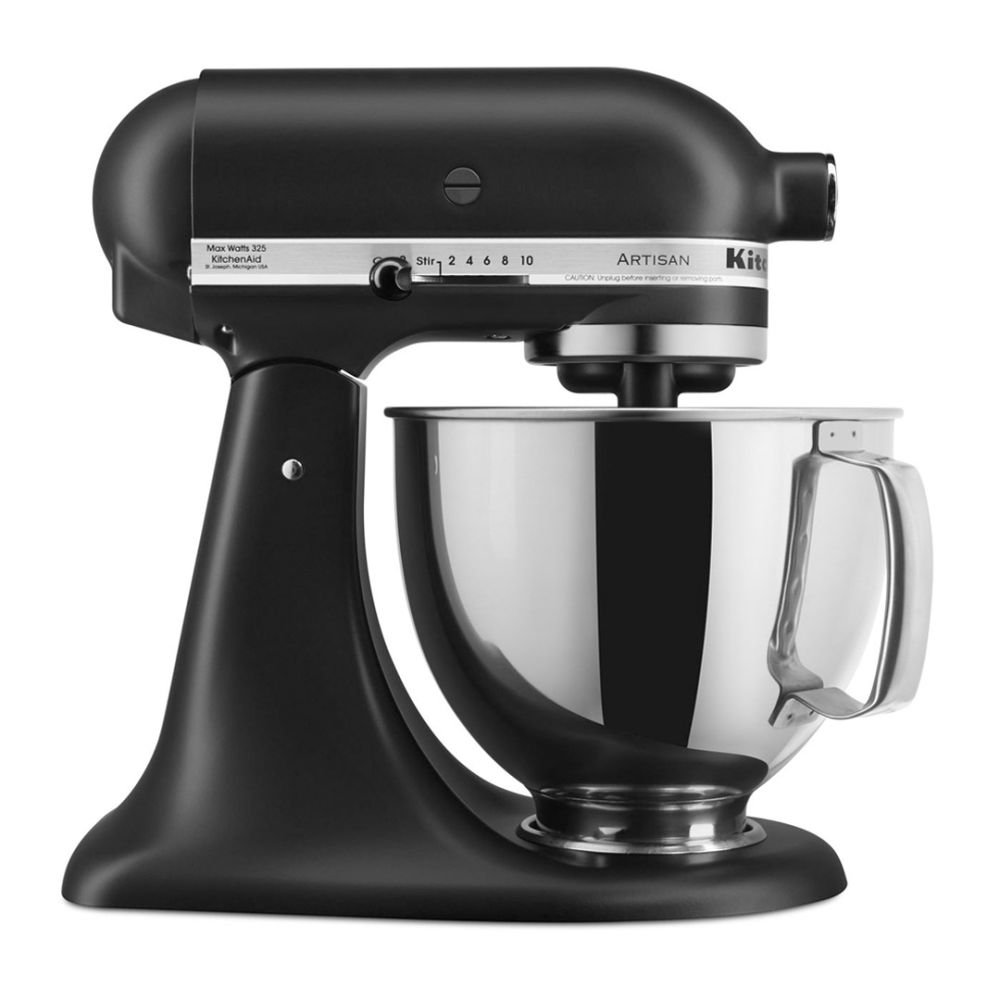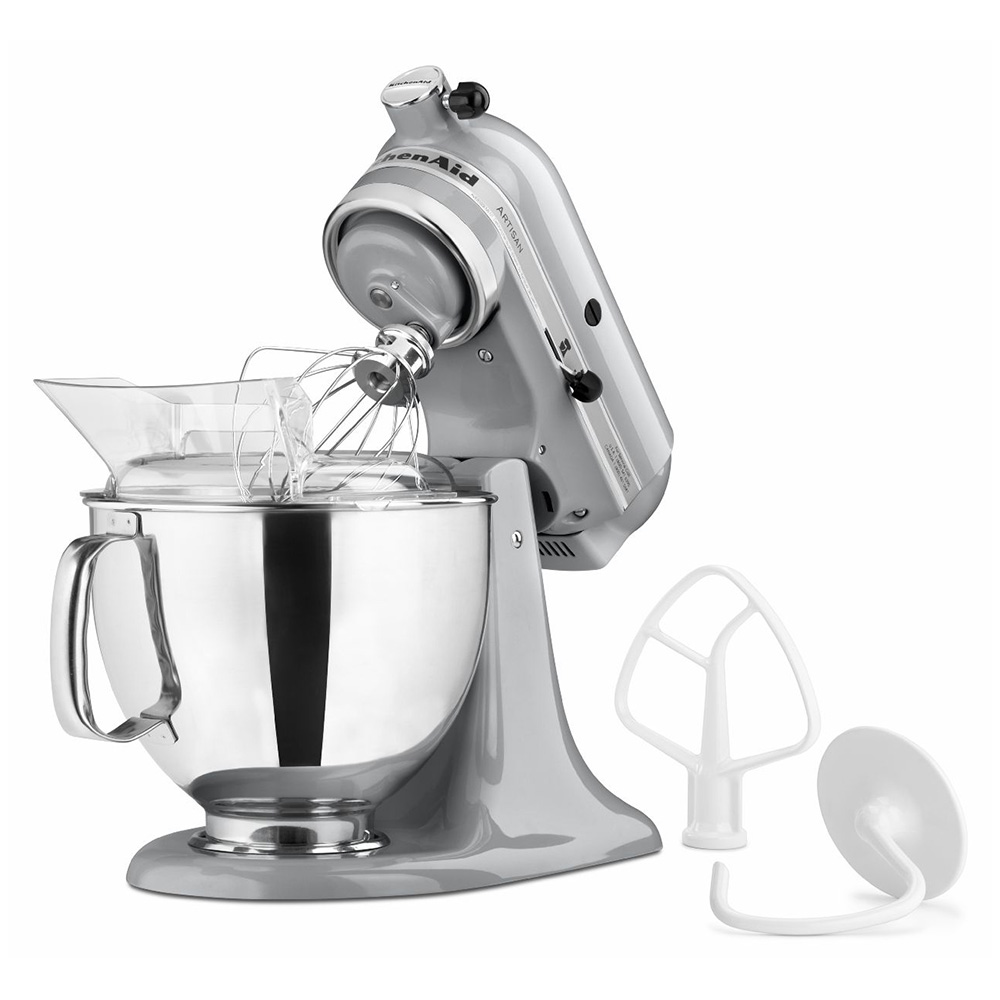
Getting the speed right on your KitchenAid mixer can be the key to baking perfection. While the manual provides a general guide, understanding what “medium” speed truly means can be a bit confusing. This article will demystify the concept of medium speed, highlight its importance in different recipes, and provide practical tips on how to use your KitchenAid mixer effectively.
The speed at which you mix ingredients can significantly impact the outcome of your recipe. Overmixing at high speeds can lead to tough, chewy pastries, as it develops too much gluten. On the other hand, undermixing at low speeds can fail to incorporate ingredients properly, leading to inconsistent textures and flavors.

The KitchenAid stand mixer comes with 10 speed settings, ranging from a very slow ‘Stir’ (Speed 1) to a very fast ‘Whip’ (Speed 10). Each speed setting is designed for specific tasks:
Based on this, “medium” speed on a KitchenAid mixer would typically refer to Speed 5 or 6. This speed is ideal for tasks such as creaming butter and sugar together, where you want to incorporate air into the mixture but not overwork it.

Different recipes call for various mixing speeds, and understanding when to use medium speed can make a big difference in your baking results.
Medium speed is perfect for creaming together butter and sugar, a common first step in cookie recipes. This process aerates the butter, making your cookies light and fluffy.
When adding eggs to the batter, medium speed helps incorporate the eggs evenly without overmixing. For most cake recipes, alternating between low (for adding dry ingredients) and medium speed (for adding eggs) works best.
For bread dough, a lower speed is usually recommended. However, medium speed may be used for a short period for thorough mixing after all the ingredients have been combined.

Bold FAQs
Q1: Can I use high speed instead of medium to save time?
Using high speed instead of medium can lead to over-development of gluten in your batter, leading to a denser and chewier end product. It’s best to stick to the recommended speed for the best results.
Q2: My recipe doesn’t specify a speed. How do I know which to use?
If your recipe doesn’t specify a speed, you can usually infer it from the process. For example, “cream butter and sugar” typically implies medium speed, while “whisk until frothy” suggests a higher speed.
Q3: How do I adjust if my mixer doesn’t have as many speed settings?
If your mixer has fewer speed settings, try to estimate as best as you can. A ‘medium’ speed should be fast enough to incorporate ingredients thoroughly but slow enough to avoid splattering.
Understanding the “medium” speed setting on your KitchenAid mixer and knowing when to use it can significantly enhance your baking outcomes. It’s about finding that sweet spot – fast enough to combine ingredients effectively, yet slow enough to prevent overmixing. Happy baking!
